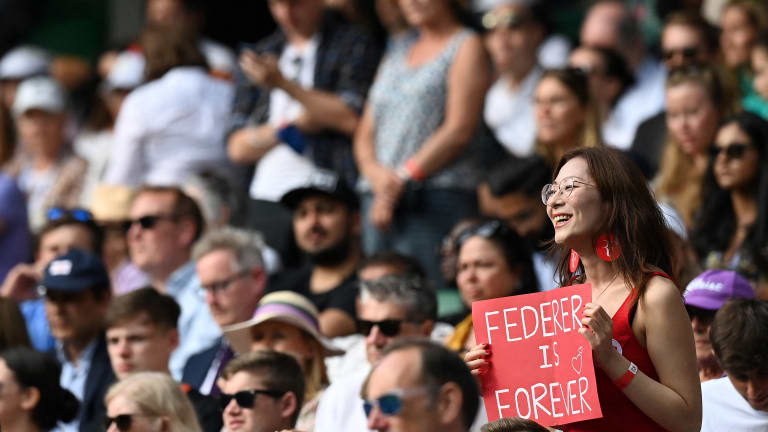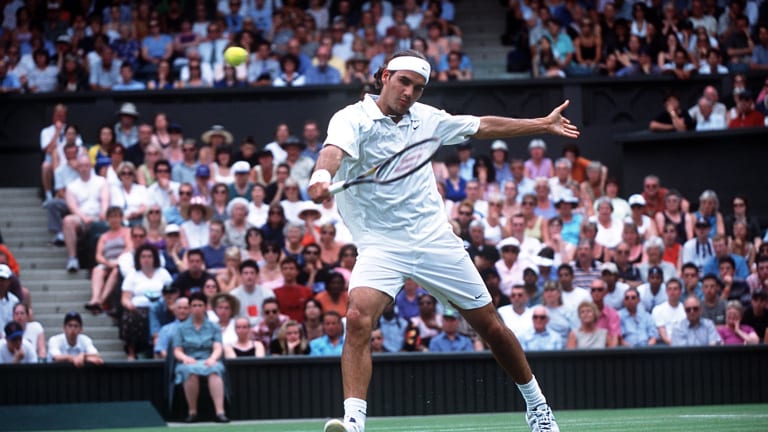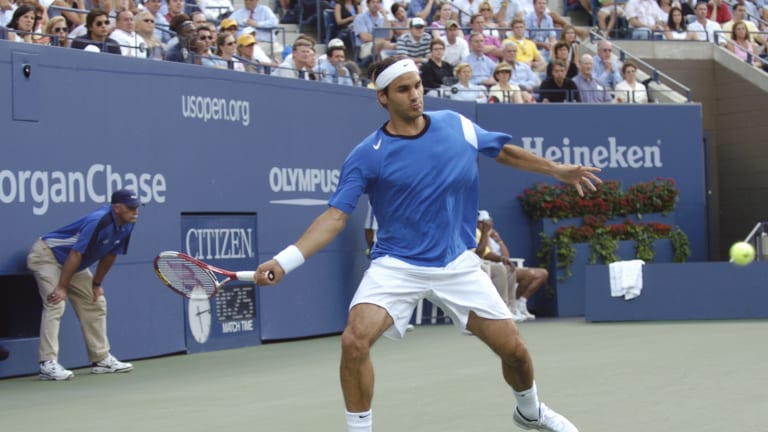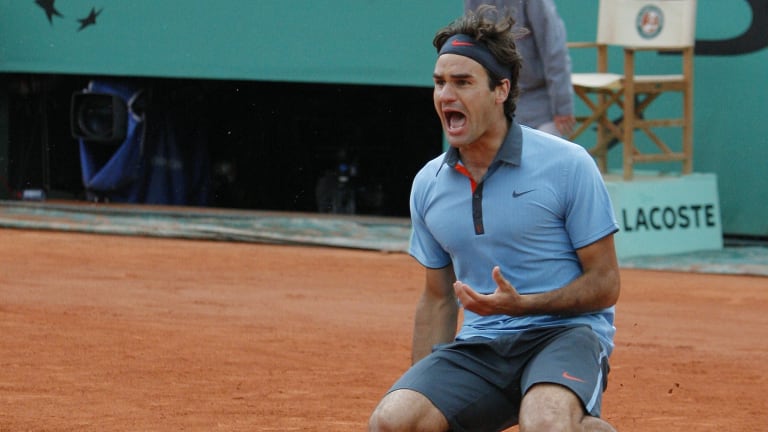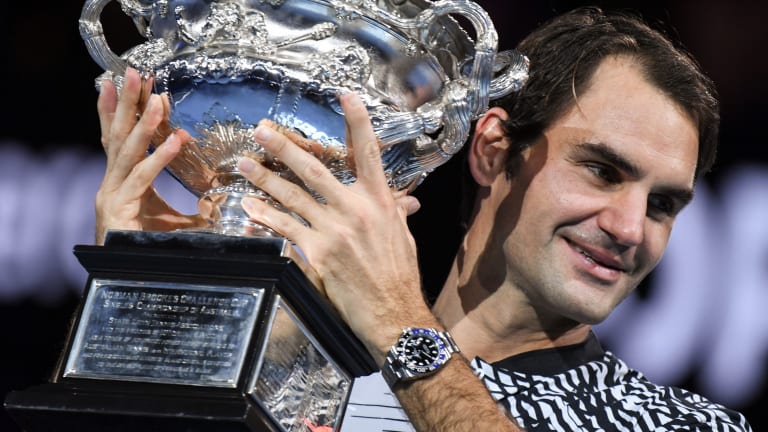A month later, Federer regained his Wimbledon crown, taking down Andy Roddick in an epic, 16-14 in the fifth set, to earn a record 15th Grand Slam singles title, with Sampras in attendance.
Alongside Nadal, there also came another rival, a forceful and determined Serb. Federer won ten of his first 15 matches versus Novak Djokovic, including three straight at the US Open from 2007-09. But in the semis there a year later, Djokovic rallied from two match points down to beat Federer. The exact same thing happened 12 months later, a defeat made even worse given that Federer, in this case, served for the match at 5-3, 40-15.
Eight years later came one of the few defeats that will ever haunt Federer: in the 2019 Wimbledon final, Federer held a pair of championship points, serving at 8-7, 40-15. Once again, Djokovic rallied, eventually winning the match in a decisive tiebreaker.
Yet if those losses hurt Federer, which they surely did at least at some level, his subsequent actions revealed perhaps his most valued attribute: tranquility. Of all the men’s number ones of the last 50 years, none have been as serene wearing the crown as Federer. Bjorn Borg maintained calm on the court, but the pressures of competition eventually ate him alive. Sampras admitted how much he internalized his ambition. Jimmy Connors thrived on combat. John McEnroe conceded he was much happier as hunter than hunted. Andre Agassi felt more relieved than joyful.
With Federer, though, life at the top revolved less around angst than engagement: his sheer interest in the game itself; and in the constant refinement and enjoyment of all he could do with his racquet, both in the present and the future. Let others bristle or treat their spot at the pinnacle with a nervous kind of urgency. Federer never appeared rushed, possessed of a seemingly preternatural sense of time and place that aided him both inside and outside the lines. To see Federer at a tournament—be it at practice, in press conferences, with fans and sponsors—was to witness the most chilled-out big man on campus you could imagine.

